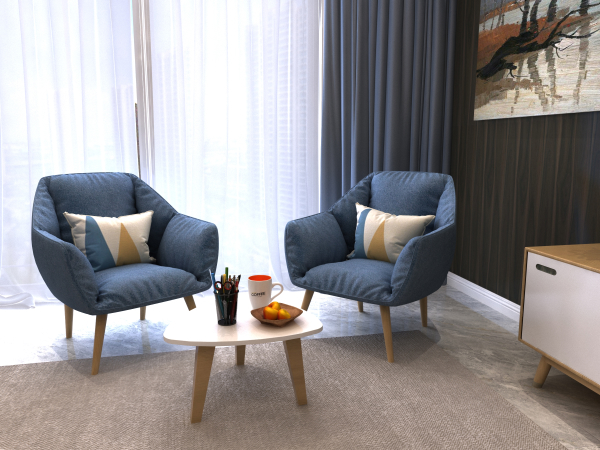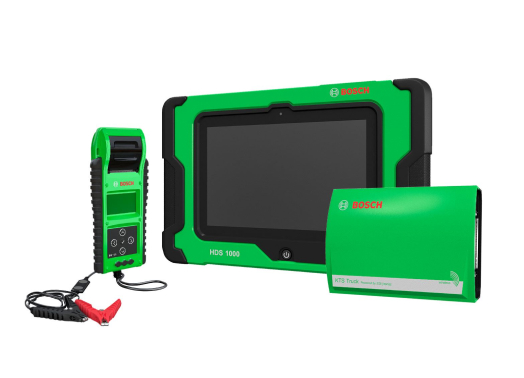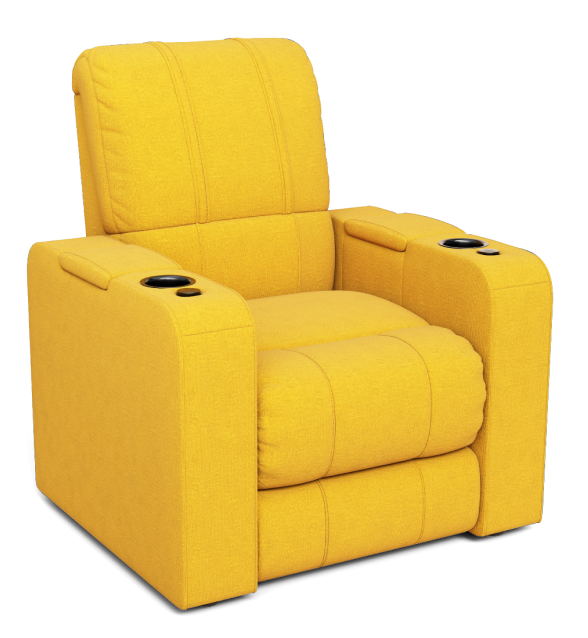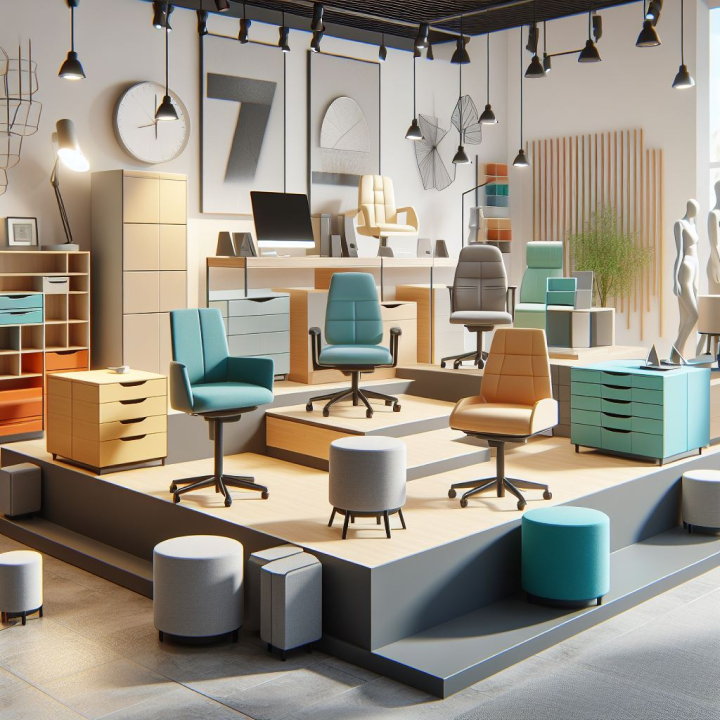E-commerce is constantly evolving, and the holiday season is no exception. As store visits decline, retailers must deliver engaging experiences that drive discovery and experimentation with new products and brands. 3D/AR technologies can help retailers meet this challenge by bridging the gap between online and in-store shopping experiences. By enabling consumers to interact virtually with products, 3D/AR can help consumers make more informed purchase decisions.

The Next Big Thing in E-Commerce
Recent consumer surveys indicate a significant concern among shoppers: the inability to physically assess products before purchase. This concern surpasses worries about shipping costs. 3D/AR technology can effectively tackle this issue. It empowers consumers to spin, flip, and zoom in on product details. Additionally, it enables them to visualize items in their real-world environment. For instance, a furniture retailer could utilize AR to let customers virtually place a sofa in their living room, helping them gauge its size and scale. Or, a clothing retailer could use 3D to enable customers to try on clothes to ensure a proper fit. In addition to enhancing the product visualization experience, 3D/AR is used to create more engaging and informative shopping experiences. For example, a retailer could use AR to provide customers with interactive product demos, assembly instructions, or warranty information.

Rising Consumer Demand Of Online Retail
The solution to these challenges lies in immersive technologies, mainly 3D and Augmented Reality (AR). These technologies have the potential to bridge long-standing gaps in the online shopping journey by providing customers with the ability to closely inspect products, gain real-life context on size and fit, and virtually try on items. The survey uncovered compelling statistics: Over 70% of consumers are familiar with AR, signifying a 14% increase since 2018. Furthermore, the percentage of respondents who have experienced AR while shopping doubled, surging by 92%. Even more significant is that 68% of those engaged in AR shopping express a high likelihood of purchasing from retailers offering AR experiences. These statistics underscore the growing demand for AR to enhance the online shopping experience.
How E-commerce is Changing Gift-Giving Traditions
The holiday season in the United States is a time of great significance and anticipation for American consumers. It typically spans from late November, with Thanksgiving, through December, culminating in Christmas and New Year’s celebrations. This festive period carries many meanings and traditions for consumers across the country.
Family and Togetherness: From a traditional standpoint, the holiday season is when families gather to celebrate and bond. However, in recent years, e-commerce has played a role in connecting distant family members. Virtual gatherings via video calls have become more prevalent, allowing families to come together even when separated by miles.
Gift-Giving: Traditional gift-giving remains an integral part of the holiday season, but e-commerce has transformed how consumers shop for gifts. Online shopping and the convenience of e-commerce platforms have made it easier for consumers to find and purchase gifts, especially when they can’t visit physical stores.
Shopping and Retail Extravaganza: While Black Friday and Cyber Monday continue to draw consumers to brick-and-mortar stores, the e-commerce perspective is increasingly prominent. Online retailers offer attractive deals, and consumers eagerly participate in the shopping spree, often leading to record-breaking sales figures.
Festive Decorations: Online shopping has expanded consumers’ access to various holiday decorations. From purchasing ornaments to finding unique home decor items, e-commerce provides a convenient way to shop for festive items and deliver them to one’s doorstep.
Culinary Traditions: E-commerce has even impacted culinary traditions. Some consumers opt for online grocery shopping, especially for specialty or hard-to-find ingredients for traditional recipes. Additionally, online food delivery services have made it more convenient to order holiday meals or treats from local restaurants.
Community and Charity: E-commerce has made charitable giving more accessible. Consumers can easily donate to their chosen causes online, participate in virtual charity events, and support nonprofits through e-commerce platforms. Online marketplaces may also feature products from socially responsible brands.
Travel and Vacation: The e-commerce perspective on travel is evident through online booking platforms. Consumers can research and book flights, accommodations, and activities for their holiday getaways. This convenience has made travel planning during the holiday season more accessible.
Reflection and Gratitude: From an e-commerce standpoint, the holiday season also marks a time for reflection on the year’s online shopping trends. E-commerce businesses analyze the year’s data and plan for the upcoming year, incorporating consumer insights and trends into their strategies.
Entertainment and Media: E-commerce is entwined with the entertainment industry during the holidays. Streaming platforms offer holiday-themed content, and consumers can purchase or rent holiday movies and music online. E-commerce also plays a role in selling holiday merchandise related to popular entertainment properties.
Emerging Traditions: E-commerce has created new holiday traditions, such as online gift exchanges, virtual Secret Santas, and digital greeting cards. These online activities have become a meaningful way to connect with others during the holiday season.
The holiday season is not only a time of tradition and togetherness but also a period where e-commerce and online activities have become integral. E-commerce enhances the convenience of shopping, travel, and charitable giving while shaping emerging holiday traditions. As technology advances, the intertwining of e-commerce and the holiday season is expected to evolve further.

Delivering Engaging Online Shopping Experiences
Consumers are eager to see AR deployed in various formats and platforms, including directly on the Web, social platforms, and in Google search results.
For retailers, investing in immersive experiences is essential for sustaining growth during the holiday season and beyond. By embracing and harnessing 3D and AR, retailers can lead the way in redefining the e-commerce landscape, offering customers the engaging experiences they crave.
Here are some specific ways that retailers can use 3D and AR to elevate the online shopping experience:
Product visualization: AR enables customers to view products in their real-world environment, giving them a better sense of size, scale, and fit. For example, furniture retailers can allow customers to virtually place furniture in their homes before they buy, while clothing retailers can offer virtual try-on experiences.
Product education: AR can provide customers additional product information, such as interactive demos, assembly instructions, and warranty information. For example, electronics retailers can use AR to show customers how to use their products, while appliance retailers can provide detailed warranty information.
Personalization: 3D and AR can create personalized shopping experiences for customers. For example, fashion retailers can use AR to recommend outfits based on a customer’s body type and style preferences. Home décor retailers can use 3D to create virtual room makeovers for customers.
By leveraging immersive technologies, retailers can create a more engaging and informative online shopping experience for their customers. This can lead to increased customer satisfaction, loyalty, and sales.

3D and AR Examples of Big Box Retailers
Walmart: Walmart uses AR to help customers visualize how furniture would look in their homes. Customers can use the Walmart app to scan a QR code on a piece of furniture in the store and then see a 3D model of the furniture in their own space.
Target: Target is using AR to help customers try on makeup before they buy it. Customers can use the Target app to scan their faces and then push on different shades of lipstick, eyeliner, and mascara.
Costco: Costco uses AR to help customers see how appliances fit in their homes. Customers can use the Costco app to scan a QR code on an appliance in the store and then see a 3D model of the appliance in their own space.
3D and AR Examples of Product Brands
Nike: Nike is using AR to help customers try on shoes before they buy them. Customers can use the Nike app to scan their feet and then push on different pairs of shoes.
IKEA: IKEA is using AR to help customers visualize how furniture would look in their homes. Customers can use the IKEA app to scan a QR code on a piece of furniture in the store and then see a 3D model of the furniture in their own space.
Wayfair: Wayfair uses AR to help customers see how furniture would fit in their homes. Customers can use the Wayfair app to scan a QR code on a piece of furniture in the store and then see a 3D model of the furniture in their own space.
The Rise of 3D and AR-Enabled Mobile Phones
In today’s tech-driven era, mobile phones are equipped to handle 3D and AR visualization seamlessly. Some of the globally popular mobile phones well-suited for immersive experiences include:
iPhone 13 Pro: The iPhone 13 Pro is equipped with a powerful A15 Bionic chip and a LiDAR scanner, which makes it ideal for 3D and AR applications.
Samsung Galaxy S22 Ultra: The Samsung Galaxy S22 Ultra is also equipped with a powerful Snapdragon 8 Gen 1 chip and a wide field-of-view front-facing camera, which makes it well-suited for 3D and AR applications.
Google Pixel 6 Pro: The Google Pixel 6 Pro is powered by the Google Tensor chip, which is specifically designed for machine learning and AI tasks. This makes the Pixel 6 Pro well-suited for 3D and AR applications that require real-time object detection and tracking.
In addition to the above, there are several other mobile phones that are well-suited for 3D and AR visualization, including the OnePlus 10 Pro, the Xiaomi 12S Ultra, and the Asus ROG Phone 6.

3D and AR in Retail: The Future is Brighter Than Ever
3D and AR are rapidly transforming the retail landscape, and Big Box Retailers and product brands are leading the way in adopting these technologies. By providing customers with immersive experiences that enable them to visualize and try on products before they buy, 3D and AR are helping businesses to increase sales and improve customer satisfaction.
As mobile phone technology continues to advance, we can expect to see even more powerful and innovative 3D and AR applications emerge in the future. This will make the online shopping experience even more engaging and informative for customers.
Empower Your E-commerce Journey with Tulfa
In this era of evolving e-commerce, where the online shopping landscape is undergoing a profound transformation, Tulfa is your strategic partner in navigating the new world order. Our comprehensive suite of services, including AR/VR asset creation, virtual storefronts, content commerce, product imagery, and storefront design, is meticulously designed to elevate your brand’s presence and captivate your customers.
With Tulfa, you’re not just adapting; you’re thriving. As businesses redefine the rules of online retail, we’re here to empower you to lead the way. As we approach the festive season, we eagerly anticipate our clients tasting e-commerce success like never before. We also look forward to more clients joining us in this remarkable journey. Embrace the future of e-commerce, reinvent your online presence, and deliver noteworthy shopping experiences with Tulfa. Join us in shaping the future of retail – a future where innovation knows no bounds. Contact us today at hello@tulfa.com to embark on this transformative journey. Your e-commerce revolution starts here.



